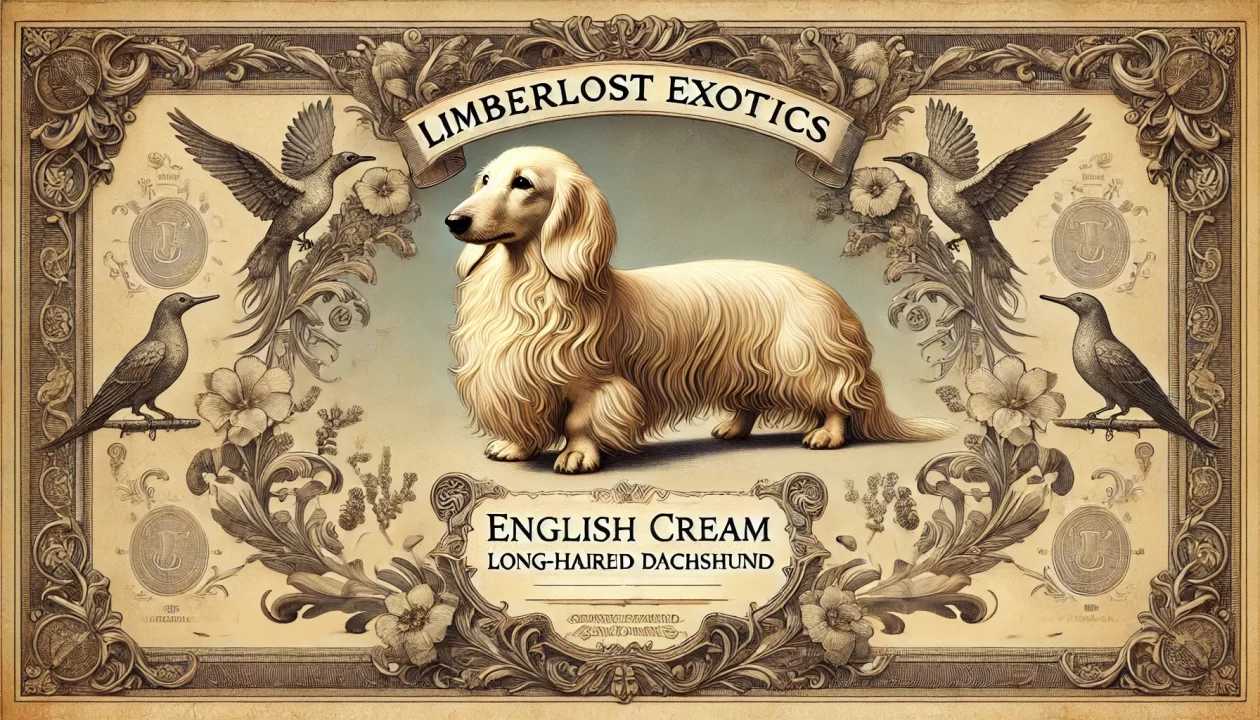Training your dog can be an incredibly rewarding experience, but one of the key factors in success is understanding what motivates them. Every dog is unique, and using the right motivation can turn training from a frustrating chore into an enjoyable and productive process. By identifying what drives your dog—whether it’s food, toys, praise, or something else—you can make training sessions more engaging and effective.
- Identifying Your Dog’s Primary Motivators
Dogs are individuals, and what excites one may not interest another. The first step is to determine what your dog values most. Here are common motivators:
• Food Rewards: Most dogs are highly food-motivated. Treats, kibble, or special snacks can be used as powerful reinforcers.
• Toys and Play: Some dogs will do anything for a game of fetch or tug-of-war. Using toys as a reward can be just as effective as treats.
• Praise and Affection: Certain dogs respond best to verbal praise, petting, or excited encouragement.
• Environmental Rewards: For adventurous dogs, being allowed to sniff, explore, or chase after something can be a powerful training tool.
How to Find the Best Motivator
• Try offering different types of rewards and see which one excites your dog the most.
• Rank rewards by value—some dogs will work harder for a piece of chicken than for dry kibble.
• Watch your dog’s body language to see what gets their tail wagging and eyes focused.
- Using Motivation to Reinforce Training
Once you know what drives your dog, you can use it strategically in training.
A. Food Rewards for Teaching New Behaviors
Food is a universal motivator for most dogs and is especially useful for teaching new commands. To maximize effectiveness:
• Use high-value treats (cheese, chicken, or freeze-dried liver) for difficult tasks.
• Keep treats small and quick to eat to maintain momentum.
• Use a variable reward schedule once a behavior is learned—this keeps the dog engaged without becoming reliant on treats.
B. Toy and Play Motivation for High-Energy Dogs
If your dog loves toys, use play as a reward:
• Ask for a behavior (like “sit”) before throwing the ball.
• Reward recalls with a quick game of tug-of-war.
• Use a flirt pole or fetch game to reinforce commands like “stay” and “come.”
C. Praise and Affection for Velcro Dogs
Some dogs thrive on verbal praise and touch.
• Use an upbeat, excited voice when your dog performs a command correctly.
• Pair praise with gentle petting or belly rubs.
• Make praise meaningful by reserving your most enthusiastic reactions for great behavior.
D. Environmental Rewards for Curious Dogs
For dogs who love sniffing or exploring, you can use their surroundings as a reward:
• Ask for a “sit” before allowing them to sniff a new spot on a walk.
• Teach impulse control by requiring “wait” before opening the door for outside time.
• Use permission-based rewards (e.g., “Go play!” after sitting calmly).
- Adjusting Motivation for Training Challenges
Not all situations require the same level of motivation. Adjust rewards based on:
• Distractions: Use higher-value rewards in high-distraction environments.
• Difficulty: More challenging behaviors deserve bigger payoffs.
• Engagement: If your dog loses interest, switch up the reward type to keep things fresh.
- Avoiding Over-Reliance on One Reward
While motivation is key, balance is important.
• Rotate rewards to prevent predictability.
• Gradually phase out treats by using praise or play as alternatives.
• Introduce real-life rewards (like freedom or playtime) into everyday training.
Final Thoughts: Training with Motivation Builds Success
Using what motivates your dog is the best way to create enthusiastic learners. When training is fun and rewarding, your dog will be eager to participate, making the learning process smoother and more effective. Whether it’s treats, toys, praise, or exploration, find what excites your dog and leverage it to build trust, engagement, and lifelong skills.
Happy training!


